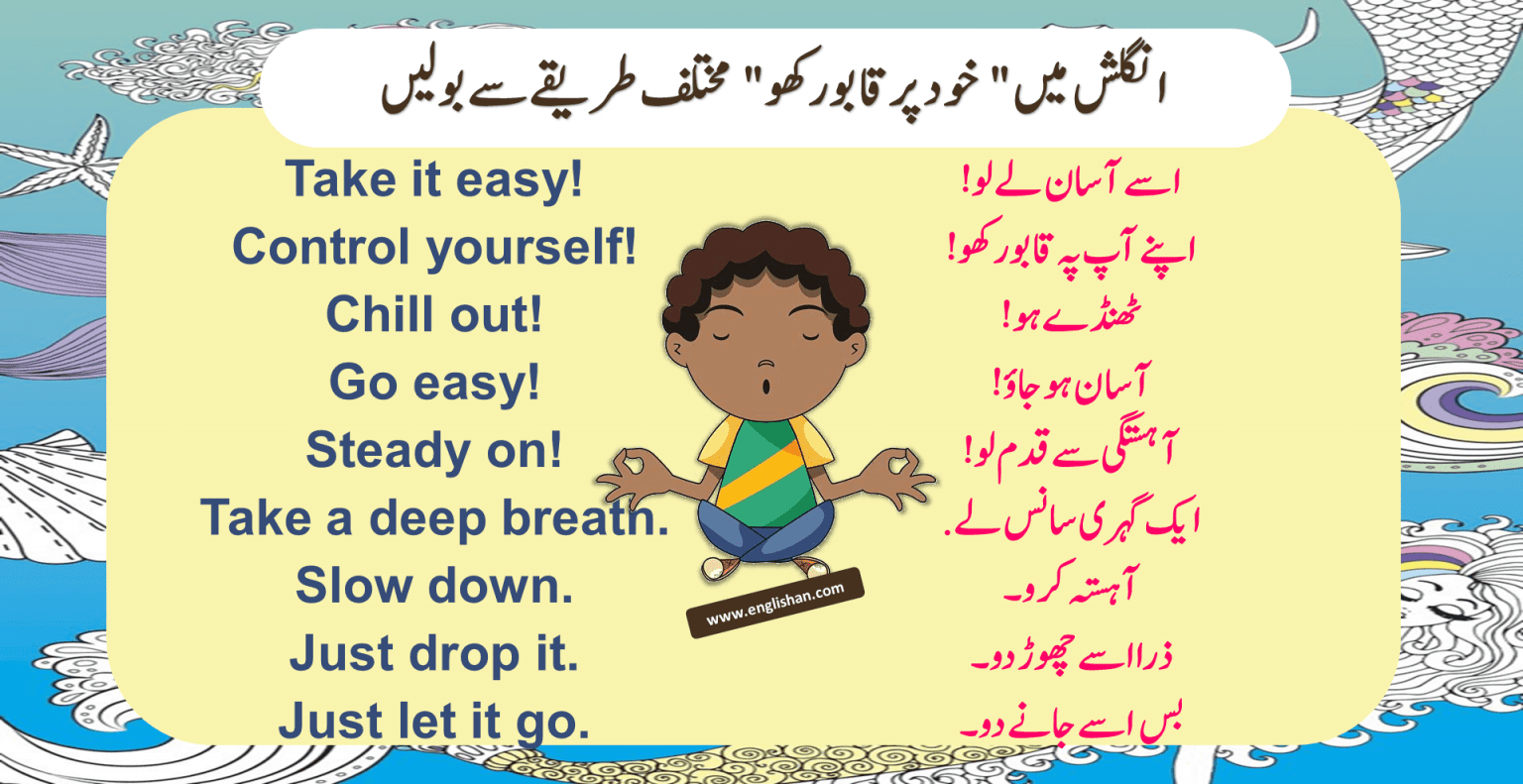

“Night and day” and “inhale and exhale” are a couple of examples of complementing antonyms.Ĭonverse antonyms : Also known as relational antonyms, converse antonyms are words that are inseparably linked. They are separate entities that may exist without regard to one another. They are also called as direct antonyms or paradoxical antonyms. It goes by several names, such as “cononym” and “Janus word.” The words “bound,” “dust,” “consult,” and “quick” are some auto-antonyms.Ĭomplementary antonyms: Complementary antonyms are closely related terms that are utterly opposed to one another. The most common kinds of antonyms in English are:Īuto-antonym : A term which has two meanings, one of which is the opposite, is said to be auto-antonymic.
Importance of antonyms is seen in the learning of the mother tongue,  second language, and in this instance, the English language. It may be argued that they significantly contribute to the enrichment of the vocabulary and language due to their word-formation linguistic capacity. Additionally, literature uses figurative antonym meaning as a means of expression.  They seem to be a useful technique for creating the antithesis in writing as well. Antonyms are useful in explaining the lexicography used in dictionary definitions. The word “antonym,” which is often referred to as a counterterm, is made up of two Greek words: “anti,” which means “opposite,” and “-onym,” which derives from “onoma,” which means “name.” Being the opposite of a synonym, that is a term that has the same definition as another word, the word “antonym” is itself an antonym.Īdjectives like “hot” and “cold” are popular examples of antonyms, but these can also be adverbs, prepositions or nouns. The Role of Antonyms A word which has a different meaning from another word is said to be an antonym in linguistic terms.
They seem to be a useful technique for creating the antithesis in writing as well. Antonyms are useful in explaining the lexicography used in dictionary definitions. The word “antonym,” which is often referred to as a counterterm, is made up of two Greek words: “anti,” which means “opposite,” and “-onym,” which derives from “onoma,” which means “name.” Being the opposite of a synonym, that is a term that has the same definition as another word, the word “antonym” is itself an antonym.Īdjectives like “hot” and “cold” are popular examples of antonyms, but these can also be adverbs, prepositions or nouns. The Role of Antonyms A word which has a different meaning from another word is said to be an antonym in linguistic terms.






 0 kommentar(er)
0 kommentar(er)
